Tarangire National Park is the sixth largest national park in Tanzania after Ruaha, Serengeti, Mikumi, Katavi and Mkomazi. The national park is located in Manyara Region. The name of the park originates from the Tarangire River that crosses through the park, being the only source of water for wild animals during dry seasons. During the dry season thousands of animals migrate to the Tarangire National Park from Manyara National Park.
The Tarangire River has shriveled to a shadow of its wet season self. But it is choked with wildlife. Thirsty nomads have wandered hundreds of parched kilometers knowing that here, always, there is water.
Herds of up to 300 elephants scratch the dry river bed for underground streams, while migratory wildebeest, zebra, buffalo, impala, gazelle, hartebeest and eland crowd the shrinking lagoons. It’s the greatest concentration of wildlife outside the Serengeti ecosystem – a smorgasbord for predators – and the one place in Tanzania where dry-country antelope such as the stately fringe-eared Oryx and peculiar long-necked gerenuk are regularly observed.
During the rainy season, the seasonal visitors scatter over a 20,000 sq km range until they exhaust the green plains and the river calls once more. But Tarangire’s mobs of elephant are easily encountered, wet or dry.
The swamps, tinged green year round, are the focus for 550 bird varieties, the most breeding species in one habitat anywhere in the world.
Tarangire’s pythons climb trees, as do its lions and leopards, lounging in the branches where the fruit of the sausage tree disguises the twitch of a tail.
Bird life: Bird watchers have a wide selection to see in this park, which has more than 550-recorded species, the most breeding species in one habitat in the world. The park is home to the largest bird in the world, the ostrich, and the heaviest bird, which can fly the Kori Bustard.
Wild life: During the best game-watching month, much of the park wildlife is connected in the vicinity of the Tarangire River. The Park has the greatest Concentration of wildlife outside the Serengeti ecosystem. Among other species to be seen at Tarangire are buffalo, herds of up to 300 elephant, lion, warthog, eland, the fringe eared Oryx, lesser and impala, the park is also famous for tree-climbing pythons as do its lion and leopard and abundant Bird life.
Access: The park is reached on the main Arusha Dodoma tarmac road it is 1hours 30 minites drive or 45 minute charter flight. About 85 Kms from Arusha at Makuyuni the main road up to the Serengeti and Ngorongoro branches off to the right. Continue a long the Great North Read toward Tarangire, which is Sigriposted.
To do: Guide walking Safaris; day trip to the Barabaig villages as well as to the hundreds of ancient rock paintings in the vicinity koloon the Dodoma road also visits a Maasai market and on the road to Arusha, stop by the local graft shops; jewelers spears and canes and a night safari in Tarangire.
Accommodation: One lodge, 1-tented lodge, and one luxury tented camp inside the park, 2 outside, Campsites in and around the park. (Tarangire Safari Lodge).






_950_700shar-50brig-20_c1.jpg)
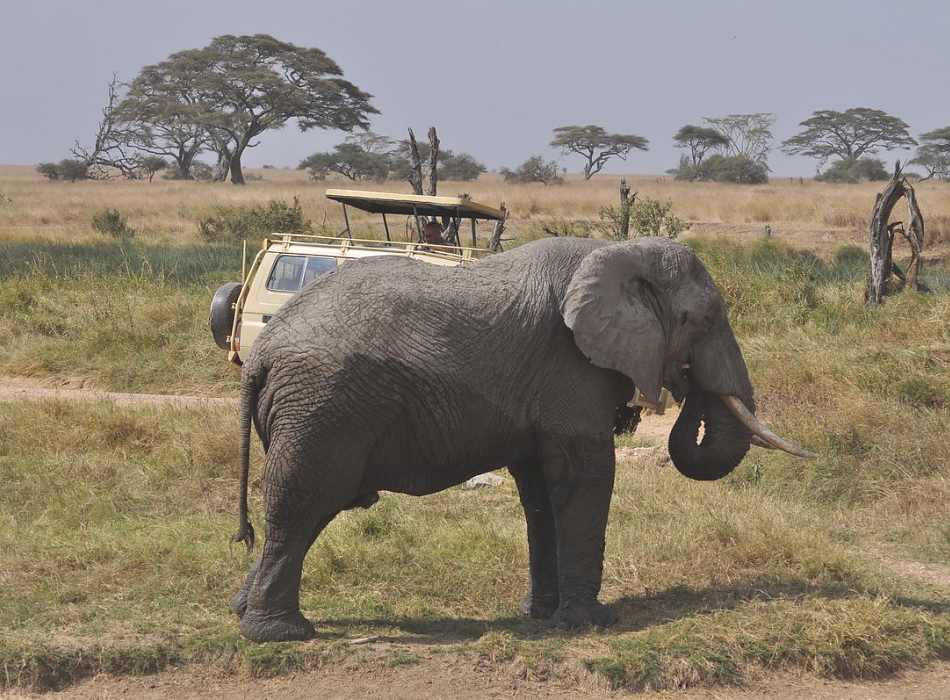
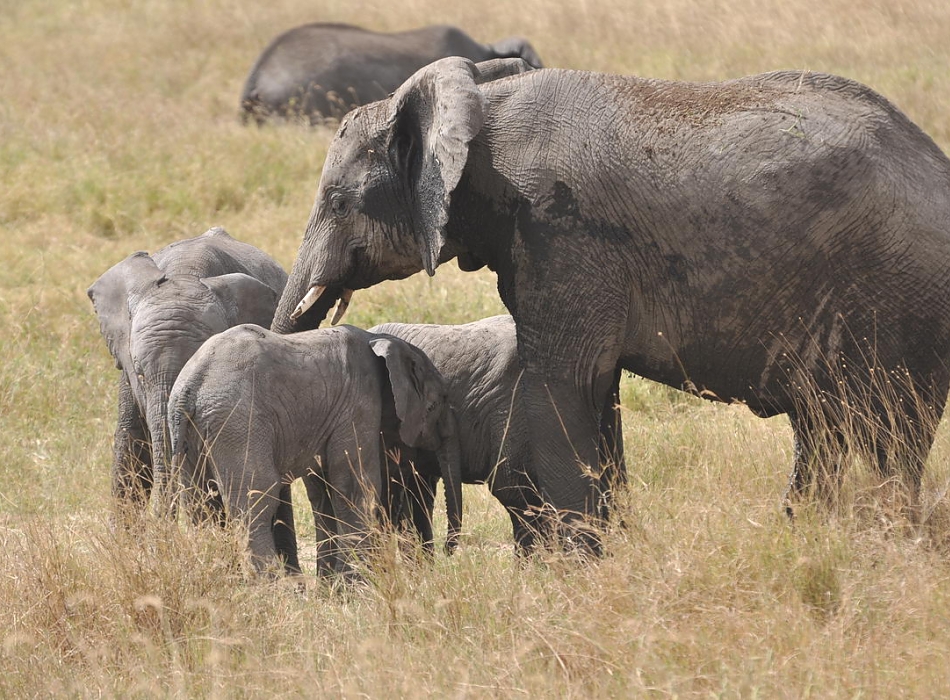
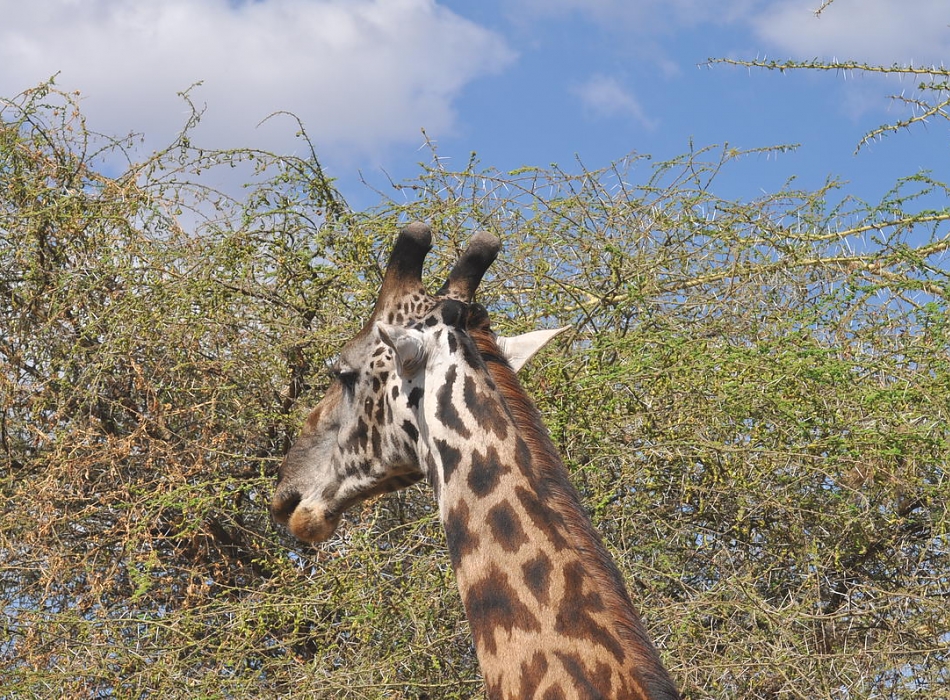
_950_700shar-50brig-20_c1.jpg)


_950_700shar-50brig-20_c1.jpg)
_950_700shar-50brig-20_c1.jpg)
_950_700shar-50brig-20_c1.jpg)
_950_700shar-50brig-20_c1.jpg)
_150_100shar-50brig-20_c1.jpg)

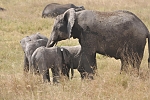
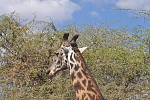
_150_100shar-50brig-20_c1.jpg)


_150_100shar-50brig-20_c1.jpg)
_150_100shar-50brig-20_c1.jpg)
_150_100shar-50brig-20_c1.jpg)
_150_100shar-50brig-20_c1.jpg)
_430_305shar-50brig-20_c1.jpg)
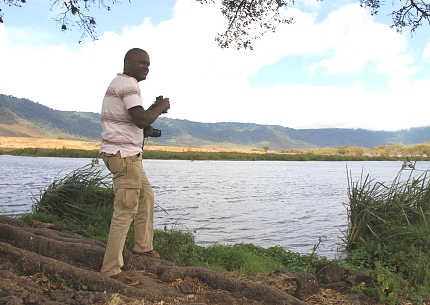

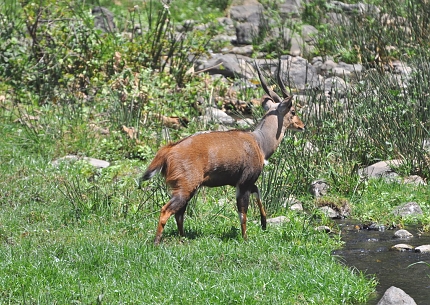
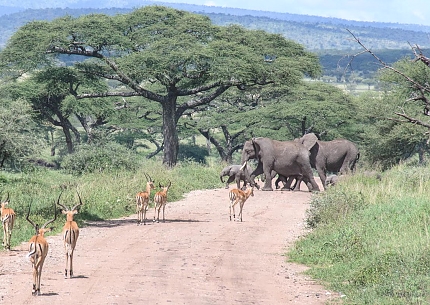
_430_305shar-50brig-20_c1.jpg)